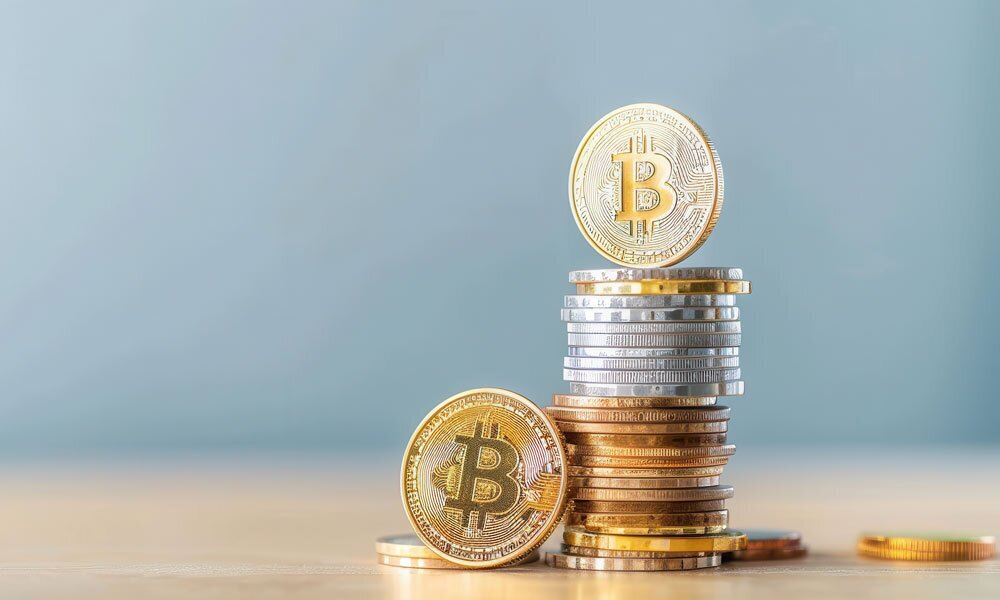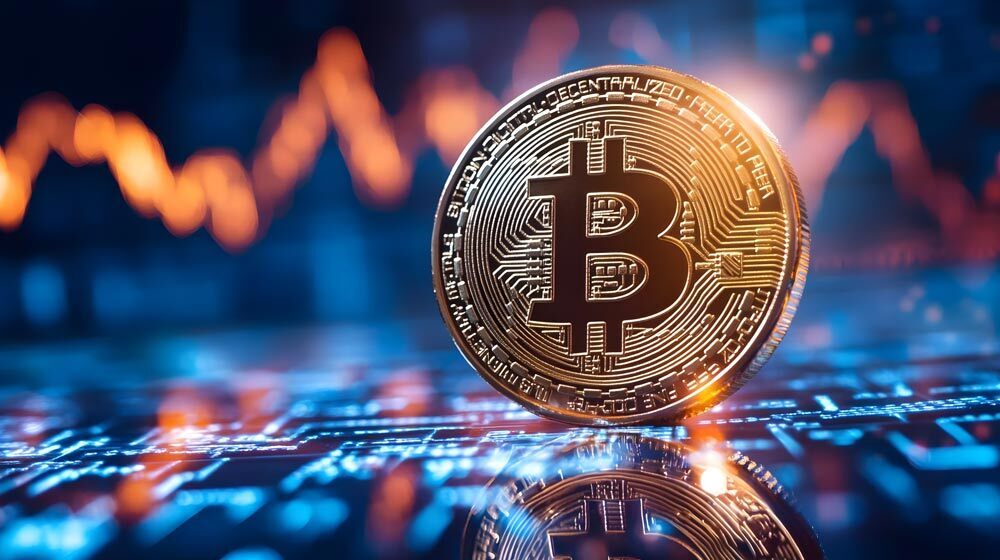The Future of Stablecoins in Global Finance
The mainstream adoption of stablecoins is on the rise globally and is expected to grow across industries. Visa, for instance, is building platforms to connect fiat currencies to blockchain technology enabling seamless transactions between traditional and digital assets. Visa’s Tokenized Asset Platform (VTAP) will help banks issue fiat-backed tokens and enable programmable finance. This will further integrate stablecoins into the financial system and drive wider mainstream cryptocurrency adoption.
Visa’s efforts to integrate stablecoins into its payment network is part of a bigger strategy to adopt digital currencies and blockchain. By providing the use of stablecoins for everyday transactions Visa aims to provide a more efficient and secure payment experience. This is expected to drive greater adoption of stablecoins, thanks in part, to the brand’s global recognisability, as more consumers and businesses see the benefits of using them for payments.
Other major financial institutions are also exploring use cases for stablecoins. For example, JPMorgan Chase has its own stablecoin, JPM Coin, which is used for instant settlement between institutional clients. JPM Coin is designed for real-time payments, and to minimize the time and cost of traditional payment methods. This will drive more efficiency in the financial system and potentially encourage more institutions to adopt stablecoins.
The integration of stablecoins into the global financial system is also supported by advancements in blockchain technology. As blockchain networks become more scalable and secure, stablecoins will play a bigger role in financial transactions. This is especially important for emerging markets where access to traditional banking services is limited. Stablecoins offer individuals and businesses in these markets more access to an inclusive and efficient financial system.
Ultimately stablecoins are becoming a key driver of mainstream cryptocurrency adoption. With major banks and fintech companies like Circle, PayPal and Visa leading the charge, and as regulatory acceptance of stablecoins grows, the future looks bright for this currency type as a major part of the global economy.



